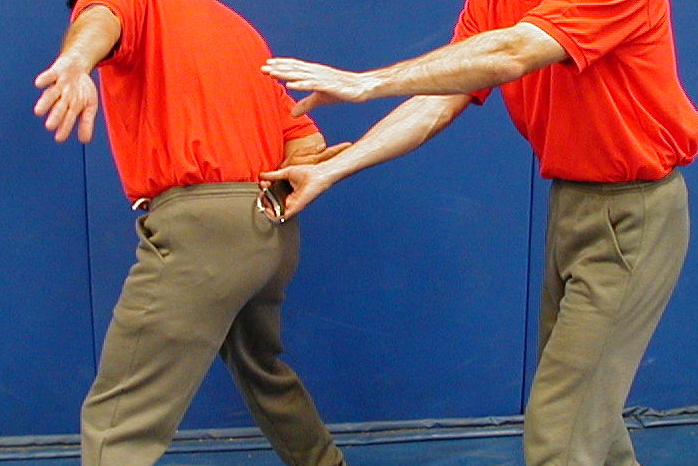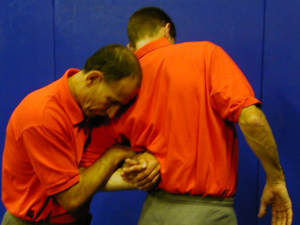Description
This training programme can cover the safe and effective use of any of the mechanical restraints being used (chain linked, rigid, hinged, plasticuffs and leg restraints). In addition the programme can include the use of the Quik-Tie Soft Wrist Restraint.
Anyone wishing to participate in this training should have completed a restrictive physical intervention programme or be able to demonstrate that they have previously undertaken a similar training programme.
As with all the other training programmes we first build on the skills and knowledge gained on the personal safety and conflict resolution training, with the emphasis being on recognizing and managing conflict so as to avoid the use of any form of physical intervention and the associated risks to all those involved.
Learning Outcomes:
The learning outcomes for the mechanical device training programme will include the following:
• Identify when a restraint device may or may not be appropriate
• State the medical implications due to the use of a restraint device and the risks of ‘Positional Asphyxia’
• Demonstrate the safe and effective application of the restraint device
• State the legal framework for the use of a restraint device
• Identify the key components of report writing
During our consultation process we will work with you to identify what level of training is required and if necessary what type of mechanical restraint is the most appropriate for your working environment and the risks you face.
For more information on our training programmes please get in touch using the form below




